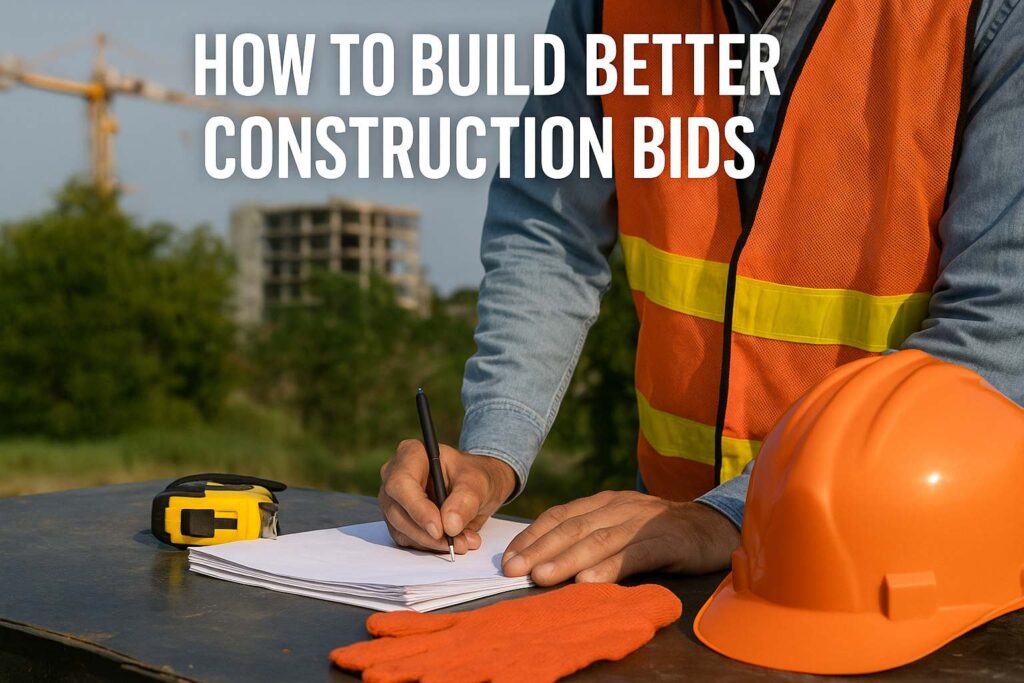
New to the construction game and trying to win work? Your bid proposal isn’t just about pricing – it’s your first line of defense against scope creep, lost profit, and future headaches.
In this edition of ProfitDig Live, Chris Work, Jeff Spencer, and Jerry Work lay out real-world advice on how to craft solid construction bids that get you the job and help you avoid trouble once the job starts.
1. Bidding Is a Strategy Game
If three contractors are bidding the same job, their base costs – labor, materials, equipment – are probably going to be similar. The difference comes down to:
- How well you know the site
- How efficiently you can complete the job
- How well you understand what’s expected
Bidding is like chess. The smartest move wins, not the cheapest.
2. Exclusions Can Save You
Don’t include work you’re not equipped to do. For example, if you’re not set up to do rock excavation, exclude it from your proposal. That way, if you hit rock later, you can submit a change order.
Including unknowns in your bid (like 100% rock excavation without solid boring data) could price you out of the job – or worse, leave you upside down on the project.
3. Include a Detailed Scope of Work
Even if you’re submitting unit pricing, include a scope letter that says:
- What you’re doing for each bid item
- What materials you’re using
- What’s included – and more importantly, what’s not
Clear, detailed scope notes cut down on calls and emails. That saves you time and makes you look more professional – which leads to more bid invites.
4. Add a Notes Section to Every Proposal
Use the notes section to clarify things like:
- Material choices and alternates
- Pricing options based on staging or sequencing
- Time windows for completing work
- Any site-specific concerns or restrictions
For example, if you’re working on a tight site like a hotel job with multiple crews, note that it could impact production – and pricing.
5. Match Your Bid Validity to Your Material Quotes
If your material quote is only good for 15 days, your bid should reflect that. Don’t lock yourself into a 30-day bid window if your suppliers won’t hold pricing that long.
Sure, they might honor it later – but you can’t bank on that. Protect your margin by keeping your timelines aligned.
6. List Addendums and Drawing Info
Always include:
- The addendums you’ve received and reviewed
- The architect or engineer listed on your takeoff
- The drawing sheet numbers and date stamps used
This protects you if the owner or GC claims you missed something. Your bid shows exactly what you had access to.
7. The Better Your Proposal, the More Trust You Build
Even if you’re not the lowest bid, a detailed, thoughtful proposal says a lot:
- You’ve done your homework
- You understand the job
- You know your numbers
- You’re reliable
That kind of trust is often worth a few extra bucks to the GC.
Bottom Line:
A good bid is more than numbers on a page. It’s your chance to stand out, show your professionalism, and protect your business. Be thorough. Be clear. And don’t be afraid to exclude work that isn’t your lane – you can always handle it through a change order if needed.
Looking for a better way to manage your bids and costs?
ProfitDig is the easiest software out there for small contractors who want to look more professional and stay profitable.
